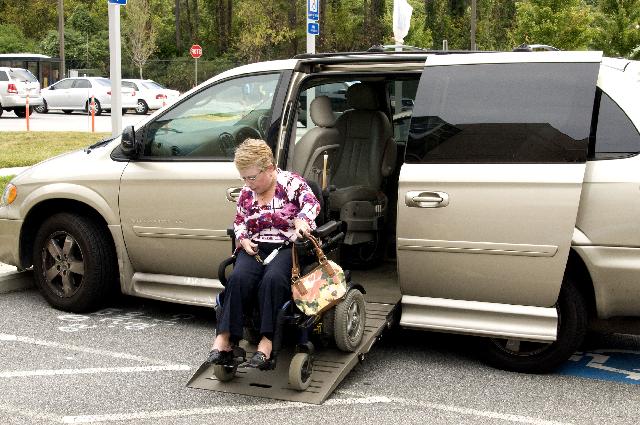7 Ways To Make Ride Sharing Services More Inclusive | Ride-sharing services (RSS) are growing in popularity. These companies promote their services as a way to make transportation more convenient, accessible, and affordable for riders. However, the ride-sharing industry isn’t without its faults; many customers complain of unfairness by drivers.
With all the ways that these companies could improve and grow, there are platforms that can help with growth such as First Mile Last Mile Solution and others.
In the meantime, here are eight ways ride-sharing services can be more inclusive:
- Allow Users To Request Rides From Wheelchair-Accessible Vehicles
While there would be an upfront investment, it’d be worthwhile because consumers are ready to pay extra for a ride in a wheelchair-accessible car. This doesn’t account for surge pricing, which can raise the cost of a journey by several times if a significant number of passengers request trips during rush hour or big events.
Instead of attempting to create criteria for how many inches wide a car must be in order to be deemed wheelchair-compatible, the ideal answer may be to just let consumers select their automobiles.
- Publicize All Accessibility Features Online And In Apps
There’s a failure to highlight wheelchair-accessible vehicle features prominently on the app. It’s important to have a central website or page where users can find information about their wheelchair-accessible vehicle options, the vehicles provided by the service, and contact information for providers of these services. This way, customers can get the accessibility features they want and know what to expect when calling for an RSS.
- List Alternative Transit Options
Most RSS don’t list alternate forms of transit such as public transportation or bike-sharing within their applications. If these services included this information in their applications, people would be more likely to use them because it’s easier for them to find all travel options in one place.
In some situations, the quicker form of transport wouldn’t necessarily be a vehicle from the RSS. While this wouldn’t result in direct profit from the company, this solution would be the start in securing future customers and establishing a good customer base.
- Offer Compliance Certificates For Drivers With Disabilities
Most RSS allows drivers with disabilities to choose whether they want access to wheelchair-accessible vehicles. These services also have different requirements that drivers must meet in order to use the service, including driving a certain number of trips and completing background checks. People who use wheelchairs can request vehicles with wheelchair accessibility, but only if there’s one available within the network.
These requirements could be waived for passengers with disabilities so they could ask for vehicles with their desired features instead of waiting until someone appears on the network. This wouldn’t solve all problems, but it’d allow users to choose ride-sharing services based on what other options were like and whether an accessible vehicle was available.
- Create Affiliate-Inclusive Applications
A new push to increase inclusivity has been the creation of sub-applications that streamline along with the main application of the RSS. For example, these sub-applications will target specific ethnic groups and minorities. This will also provide a networking opportunity for these groups, fostering a sense of belongingness and increasing the chances of repeat users in the platform. This has also been done to curb the instances of racial disparities and disputes that sometimes occur between the drivers and the riders.
- Have Regulation And Penalties
As stated above, there have been increased instances of ethnic differences and racial disputes occurring between drivers and riders. In these situations, a driver would refuse to take a rider to their desired destination or deny transport entirely due to ethnic differences.
A possible solution to this reoccurring problem would be to place penalties that’d affect the ratings of a driver and regulations that’d curb the occurrence of situations like this. With these, everyone would be kinder and more patient with one another.
- Provide Driver Incentives
Ride-sharing platforms can introduce incentives and increased profits to drivers who pick up riders from minority groups in a bid to curb some of the disgruntlement that’s sometimes present from these communities. There has to be training and education provided on addressing others in their preferred titles and respecting the lifestyle choices of their riders.
Conclusion
It’d be beneficial to make ride-sharing services more accessible and inclusive. As what some may dub the ‘future of modern transportation,’ it should be made as comfortable as possible for consumers of all backgrounds. Consider the ideas mentioned here as you do your part in making ride-sharing services more inclusive.














